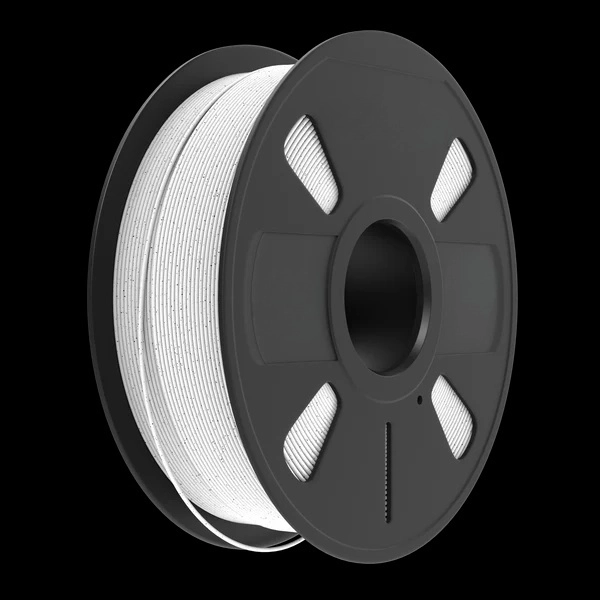In today's environmentally conscious world, businesses are increasingly recognizing the importance of adopting sustainable practices, including eco-friendly packaging. As consumers become more aware of the environmental impact of packaging materials, it is crucial for companies to implement strategies that minimize waste and promote sustainability. This blog post aims to provide a comprehensive guide on how to have eco-friendly packaging, offering practical and innovative solutions across various industries.
- Conduct a Packaging Material Audit:
To embark on the journey towards eco-friendly packaging, businesses must first assess their current packaging materials. Conducting a packaging material audit involves evaluating the environmental impact of each material used, such as plastic, paper, or glass. By understanding the life cycle of these materials, companies can identify areas for improvement and make informed decisions regarding sustainable alternatives. - Opt for Recyclable and Biodegradable Materials:
One of the most effective ways to achieve eco-friendly packaging is by using recyclable and biodegradable materials. Materials like cardboard, paper, and plant-based plastics offer viable alternatives to traditional packaging options. By choosing these materials, businesses can reduce their carbon footprint and contribute to a circular economy. - Minimize Packaging Waste:
Excessive packaging not only contributes to environmental degradation but also increases costs for businesses. To minimize packaging waste, companies can adopt strategies such as right-sizing packaging, eliminating unnecessary layers, and using innovative designs that require fewer materials. Additionally, exploring alternative packaging methods like bulk packaging or refillable containers can significantly reduce waste generation. - Embrace Sustainable Design Principles:
Integrating sustainable design principles into packaging can have a profound impact on its environmental footprint. This involves considering factors such as material efficiency, ease of recycling, and reducing energy consumption during production. Design innovations like lightweighting, which reduces the amount of material used, and modular packaging, which allows for easy disassembly and recycling, can contribute to eco-friendly packaging solutions. - Explore Renewable Energy Sources:
Reducing the carbon emissions associated with packaging production is another crucial aspect of eco-friendly packaging. Companies can consider transitioning to renewable energy sources, such as solar or wind power, to power their manufacturing facilities. This not only reduces the environmental impact but also showcases a commitment to sustainability, which can resonate with environmentally conscious consumers. - Educate Consumers:
Creating awareness among consumers about the importance of eco-friendly packaging is essential. Companies can include educational messages on their packaging, highlighting the recyclability or biodegradability of the materials used. Additionally, providing clear instructions on proper disposal and recycling can empower consumers to make environmentally responsible choices.
Conclusion:
Achieving eco-friendly packaging requires a holistic approach that encompasses material selection, waste reduction, sustainable design, renewable energy, and consumer education. By implementing these strategies, businesses can not only reduce their environmental impact but also enhance their brand reputation and appeal to the growing market of environmentally conscious consumers. Embracing sustainable packaging practices is not only a responsibility but also an opportunity for businesses to contribute to a greener future.






